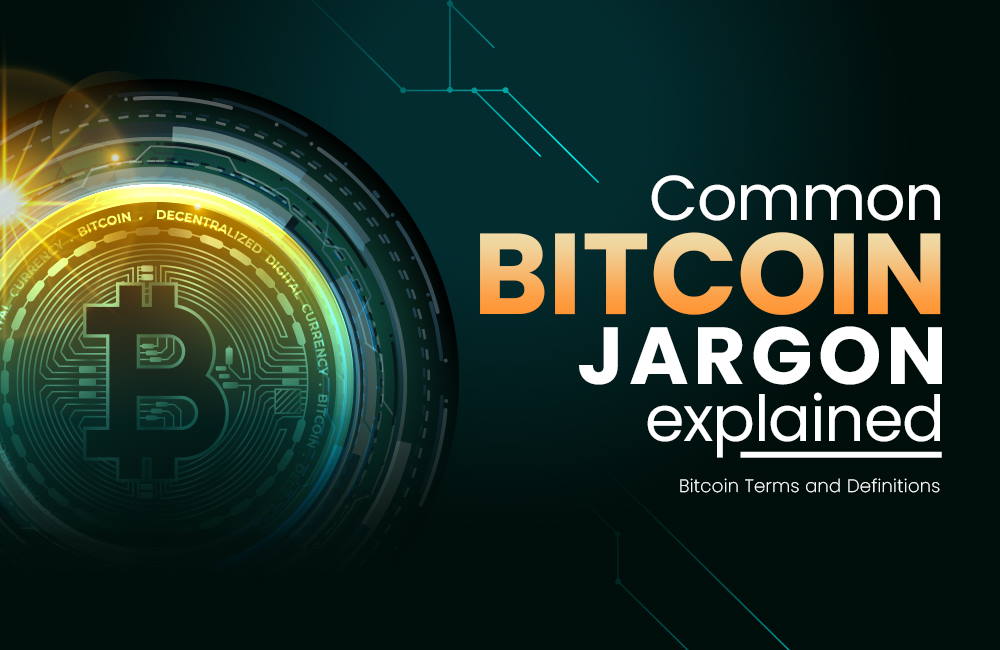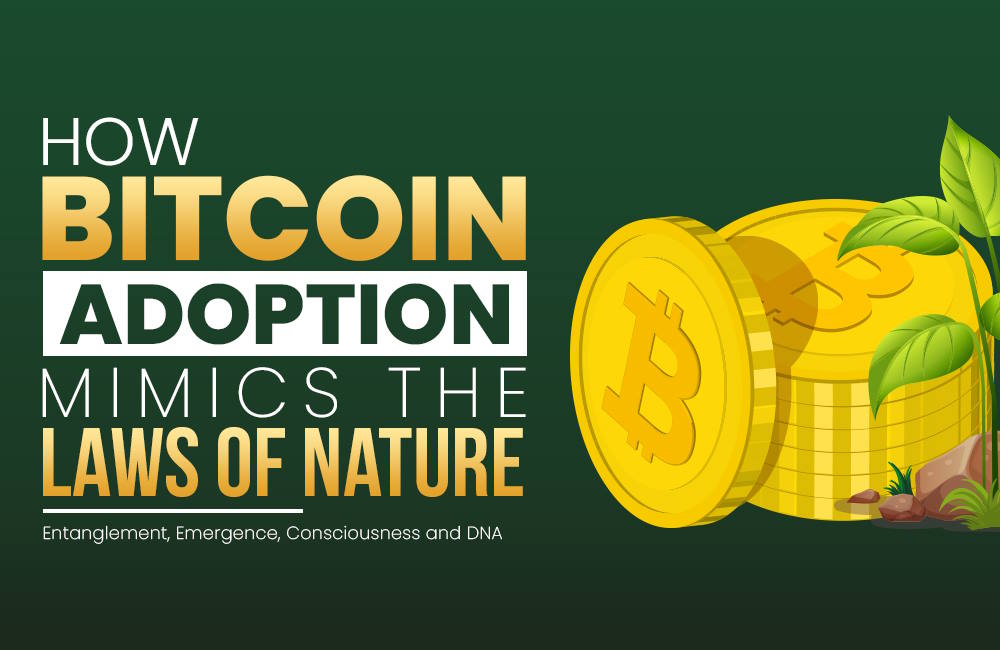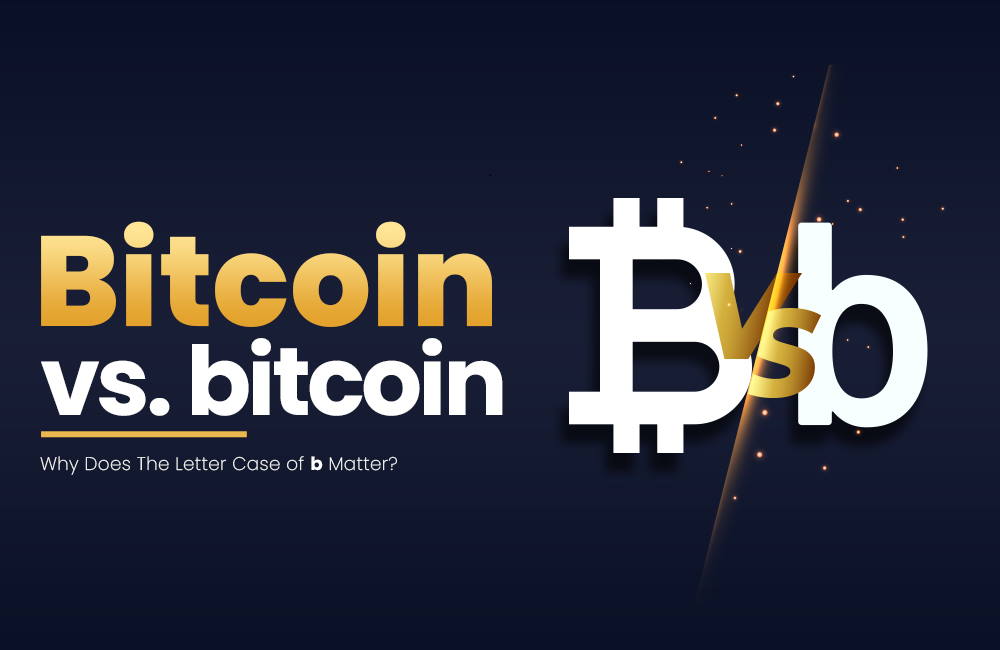
What we're talking about:
Common Bitcoin Jargon Explained
Have you ever read a crypto news article and spotted the terms Bitcoin and bitcoin within the same sentence? Although this may seem to be a minor grammatical error, both words are correct and refer to entirely different things. Uppercase Bitcoin is used when talking about the cryptocurrency in general, and more specifically when referring to the computer network. Lowercase bitcoin refers to the individual coins that can be sent and spent on the network.
The Bitcoin story is full of such interesting facts, and these are often brought to life through the community’s adoption of various unique words and phrases.
Bitcoin Culture
Subcultures often gain strength and momentum by forging their own vocabulary. What begins as purely technical jargon can often end up developing into a wider lexicon or even a language of its own. As the early internet’s pioneers developed their leetspeak, so too has Bitcoin picked up an array of memorable words and terms that bring depth and nuance to its vibrant community.
Bitcoin Terms
Spend some time learning about Bitcoin and you’ll soon find yourself hearing terms like HODL (misspelling of hold) and stacking sats (shorthand for satoshis, the smallest unit of Bitcoin currency). The list of Bitcoin terms keeps growing, but here are some common ones that you’ll undoubtedly come across as you embark on your Bitcoin journey.
Block Chain
Block chain, or blockchain, refers to a cryptocurrency’s decentralized network. All computers supporting the network maintain identical, synchronous copies of the currency’s transactions. Blockchain is a critical part of Bitcoin’s technology but surprisingly the term itself was not directly mentioned in the original 2008 white paper. Users who take custody of their own bitcoin are said to hold these “on-chain”.
BTC
Just like in the stock market, cryptocurrencies have short ticker names to be easily identified in trading pairs. BTC is the ticker most commonly used for quoting the price of bitcoin. A trading pair against the US Dollar would look like this: BTCUSD. On some exchanges or media outlets, you may also find Bitcoin listed under the ticker XBT. The X prefix is often used in financial markets to show assets without a national issuer, such as gold (XAU).
Double Spend
One of the biggest challenges to operating a virtual currency is making sure that users cannot use the same coin twice. After all, what’s to stop you copy-pasting a cat picture on the internet over and over again? Bitcoin nodes keep a close eye on all transactions and come to consensus at the creation of each new block to determine which transactions are valid and which ones are double spends that should be neglected.
Hash Rate
An important metric used to measure the Bitcoin network’s security is its hash rate. Hashing refers to the sophisticated mathematical function employed by Bitcoin nodes to process transactions and issue new bitcoin. A higher hash rate indicates more computing power, which in turn strengthens the network against bad actors. Bitcoin’s hash rate has grown significantly over the years and is currently measured in TH/s (terra hash; 1 trillion hashes per second).
Mining
Bitcoin’s blockchain is supported by its various independent nodes spread around the globe. Some of these have the special status of miners, whose job it is to perform resource intensive hashing functions. As a reward for their work, successful miners receive network transaction fees and newly created bitcoin. This occurs block by block, approximately every 10 minutes. The issuance of new coins is subject to a pre-determined schedule that halves every 4 years, so as not to dilute the market with too much supply.
P2P (Peer-to-Peer)
The concept of peer-to-peer transactions is so central to the philosophy of Bitcoin that is was ingrained in the original white paper’s title, “Bitcoin: A Peer-to-Peer Electronic Cash System”. The ideology behind Bitcoin’s invention was to allow for people to transact monetary value independently of centralized authorities like central banks. Bitcoin’s trustless, decentralized network allows for peers to transact freely in a 24/7 permissionless manner.
Seed Phrase
At the heart of Bitcoin’s security mechanism lies the seed phrase, an essential tool for wallet recovery. When you create a new Bitcoin wallet, apart from generating a public address and private key, you’re also given a sequence of 12 or 24 words, known as the seed phrase. This isn’t a replacement for your private key but a more user-friendly way to regain wallet access if lost. As crucial as the private key, the seed phrase must be stored securely, never digitally, to prevent unauthorized access. Given its importance, many opt for physical, indestructible storage methods, ensuring long-term safety.
Putting It All Together
Now that you’ve gotten some new Bitcoin terms under your belt, you’re ready to take your bitcoin on-chain for some P2P transactions. Make sure to check the hash rate to see if enough miners are securing the network against double spends before sending your BTC!
What we're talking about:







